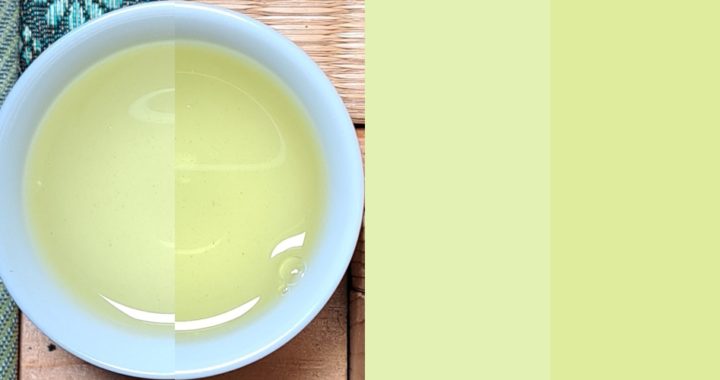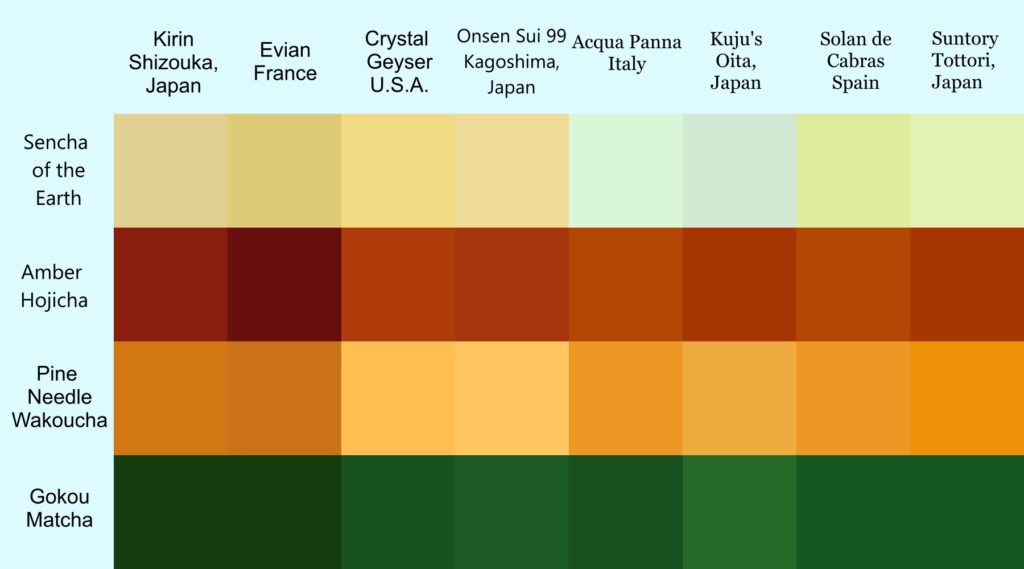Hi! The Tea Potato this week! And nothing has caught on fire. We will always consider that a win.
The Waters
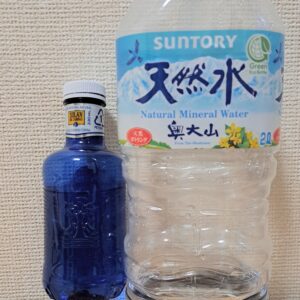
Figure 21. The two waters we’re experimenting with today, Solan de Cabras and Suntory Natural Mineral Water from Tottori)
We have something special today for water. No, it’s not the Suntory Natural Mineral Water. Don’t get me wrong, it is a fantastic water. But we’re constantly dealing with Japanese water in these blog posts. Rather, we also have on deck Spanish Water in the form of Solan de Cabras from Cuenca, Spain, in a beautiful blue bottle. I’ve never had the opportunity to play with Spanish water before. Fun fact, I ordered this tea online and then promptly found it in a local supermarket. To be fair, the Suntory water is special as well. Most of the tea festivals that I’ve had the opportunity to attend during my time in Japan, I’ve noticed that the Suntory bottled water is the water of choice. That has to be a good sign, right?
Anyway…TADA! Mineral Content!
Wait a minute…What’s going on over there, Suntory?
Science Corner
Suntory’s mineral content may look confusing, but realistically, it is probably the most accurate listing out of all the waters that we have explored. When Kirin says that their water has 13 mg/L of calcium, does that not feel a little…too accurate? Natural mineral waters come from…well…nature.

(Figure 29. Water changes throughout the year for many reasons. While this is not how spring water is collected it is an accurate analogy)
Time of year, amount of rain, even deforestation can cause a change in the mineral content. A study has shown during monsoon rains in India that there is an increase in the amount of carbonate in the runoff.
“At high runoff, the residence time of water is short, causing an increase in the proportion of carbonate to silicate derived ions. In contrast, in the dry season, the residence time of water is longer, permitting a greater proportion of silicate dissolution, relative to carbonate.” (Tipper, 2006)
It makes sense that the mineral content changes with high runoff, with more water flowing from the ground into the streams. So the mineral content of a river, right after it rains, is much different than the mineral content of the river after several weeks with no rain. Aquifers, springs, surface water may all be affected to different extents, but all are affected. That means that the time at which a company bottles their water determines the mineral content of the water. Of course, companies cannot check and reprint new labels every time the bottle water so instead they’ll generally just list one number. So Suntory’s range represents the real world much more.
It’s not just bottled waters that can have a variable mineral content based on the weather, even tap and well water are affected by these changes as well. So if you find that tea, well known to you, is tasting different, and you use well or tap water, perhaps the weather has changed the composition of the water.
Sencha of the Earth
Solan de Cabras brews a bright, but sinking vegetal note, that comes in strong and leaves quickly. There is a minimum amount of umami, just enough to claim that there the umami exists, but that’s about it. However, on the backend of the sinking vegetables and the umami arises a long last floral, breathy flowery, note with just a little bit of astringency.
Suntory water takes that floral note from the backend and brings it to the forefront where it’s bright and uplifting. A slight and pleasant bitterness helps lift the floral notes higher and longer. The bright vegetal notes are here as well, dandelion greens. Suntory brings out more umami where it is close to the same level as the bitterness.
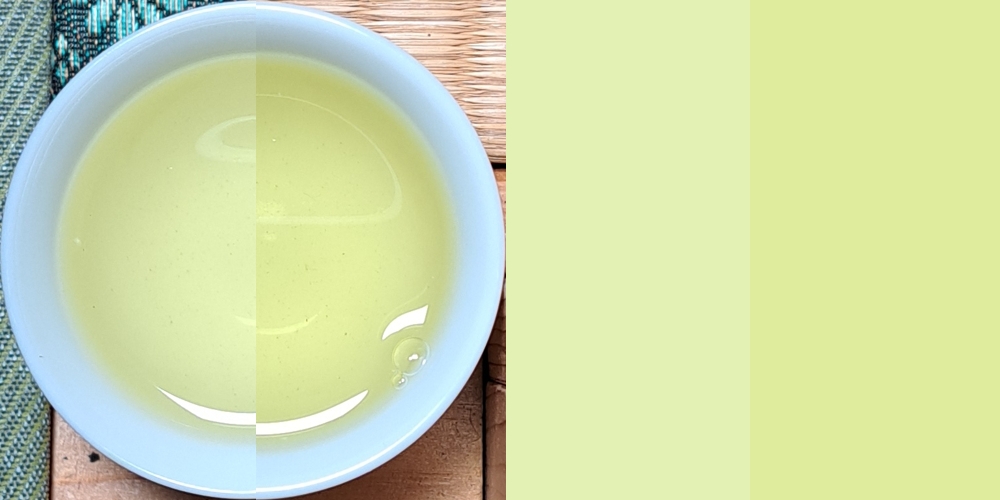
(Figure 324. Sencha of the Earth brewed with Suntory Water on the left, on the right brewed with Solan de Cabras.)
Amber Hojicha
Wow, that’s sweet. Solan de Cabras creates a very sweet hojicha, toasty sugared walnuts, almost caramel. However, the most of the caramel flavors dissipates fairly quickly leaving behind a sweetness. A sweetness that actually gets sweeter as it cools, something that hasn’t been really seen in a hojicha in these experiments.
Suntory shares some similarities with Aqua Panna last week where there is strong aromatic finish. Rich, full flavor of toasted and roasted notes with an old antique wood furniture base flavor. Very smooth with no bitterness or astringency.
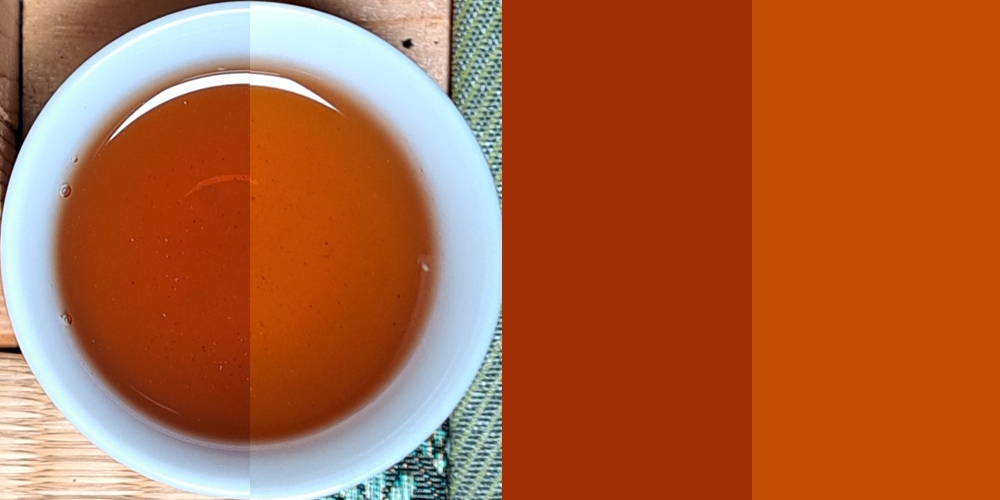
(Figure 324. Amber Houjicha brewed with Suntory Water on the left, on the right brewed with Solan de Cabras.)
Pine Needle Wakoucha
Solan de Cabras created conflicting acorn squash and hay notes, both of which fight back and forth with one another. The hay notes come in first, but then the acorn squash comes in, and the flavour goes back and forth in a way that is not very pleasant. It’s a curious situation, because at other times, such as with Kuju’s Mineral Water, the umami and bitterness go back and forth, but it’s a much more pleasant experience. The after taste of the battle lingers as well for quite some time. But, it’s not bitter at all.
Suntory’s water has the acorn squash and hay notes as well, but they are not in conflict. The hay note is bright and strong with a slight squash note on the outskirts of the flavour. Smooth, and I could almost be convinced that there are fruit notes. I don’t think there are fruit notes, but it’s close enough to imagine. Mixed in the hay notes, there are some green pepper notes as well.
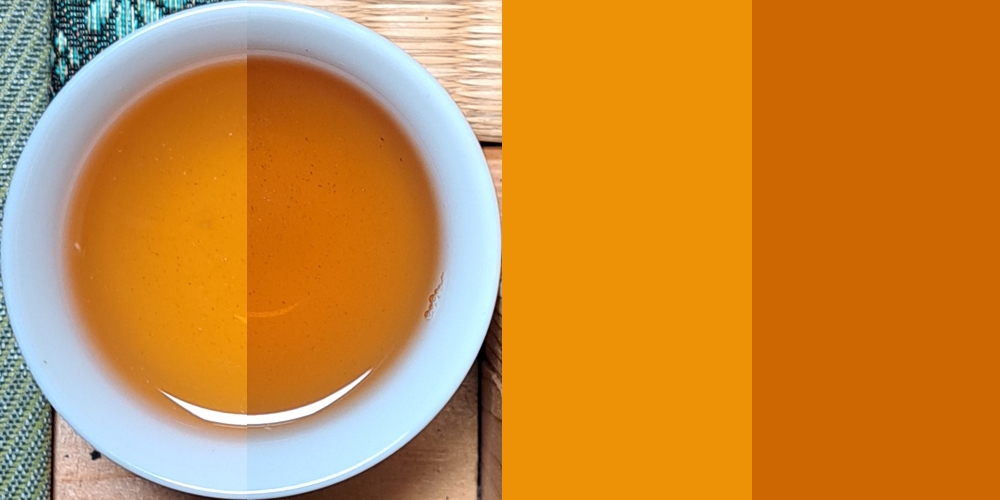
(Figure 381. Pine Needle Wakoucha brewed with Suntory Water on the left, on the right brewed with Solan de Cabras.)
Gokou Matcha
Solan de Cabras produces a very smooth Gokou Matcha, so smooth in fact, that it is bland. There is no bitterness nor astringency. The primary flavour is that of a rocky minerality with just a touch of rock sugar sweetness involved, but even those flavours disappear almost immediately. Overall, a very flavorless matcha.
Suntory fares much better than Solan de Cabras with the Gokou Matcha. Grassy notes linger a little longer with a little bit of bitterness added to the after taste. The matcha feels rather dark, but there is a powdered sugar sweetness on top of everything. Wisps of fruit notes pop in and out, nothing strong, but definitely there, fruit notes that I’ve had difficulty getting from the matcha with other waters.
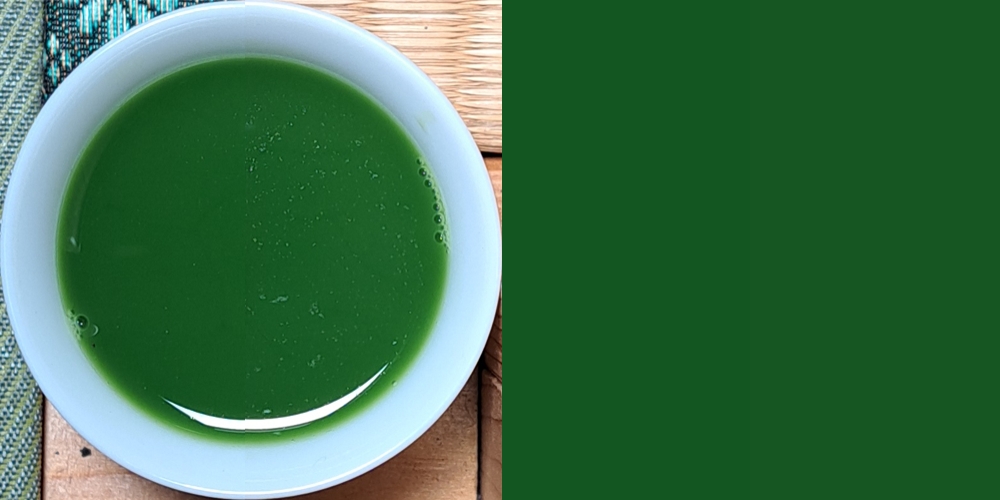
(Figure 809. Gokou Matcha brewed with Suntory Water on the left, on the right brewed with Solan de Cabras.)
Questions
Question 1: Do you think bottled water companies should post ranges on them like Suntory, or is a “representative” value good enough?
And with that, we have come to the end of the water comparisons. We have made our way through eight different waters with four different teas, for a total of thirty-two different brews, which has been…quite a lot of tea. Something I’ve mentioned before, but would like to stress once more(and probably will again next week), that the intent behind this has never been to find the “best” water for these teas. I think it’s been pretty clear when a water really sparks my interest (Kuju, I’m looking at you), but that’s just my opinion. This week Solan de Cabras brewed a pine needle wakoucha that I was not a fan of. But you might love it. Rather, it’s just to show how much the water you use to brew makes a difference in the flavor of the tea.
But, there is one more week remaining, where we will be testing one more water. One water that hasn’t been present throughout this that is potentially the most important water to test.
Question 2: What water do you think that is?
Water Experiment 1: Evian & Kirin Mineral Water from Shizouka
Water Experiment 2: Crystal Geyser & Onsen Sui 98
Water Experiment 3: Natural Mineral Water from Oita Prefecture and Acqua Panna from Italy.
Sources Used:
Tipper, Edward T., Mike J. Bickle, Albert Galy, A. Joshua West, Catherine Pomiès, and Hazel J. Chapman. “The Short Term Climatic Sensitivity of Carbonate and Silicate Weathering Fluxes: Insight from Seasonal Variations in River Chemistry.” Geochimica Et Cosmochimica Acta 70, no. 11 (2006): 2737–54. doi:10.1016/J.GCA.2006.03.005.
Wang Q, Qu Y, Robinson K, Bogena H, Graf A, Vereecken H, Tietema A and Bol R (2022) Deforestation alters dissolved organic carbon and sulfate dynamics in a mountainous headwater catchment—A wavelet analysis. Front. For. Glob. Change 5:1044447. doi: 10.3389/ffgc.2022.1044447

